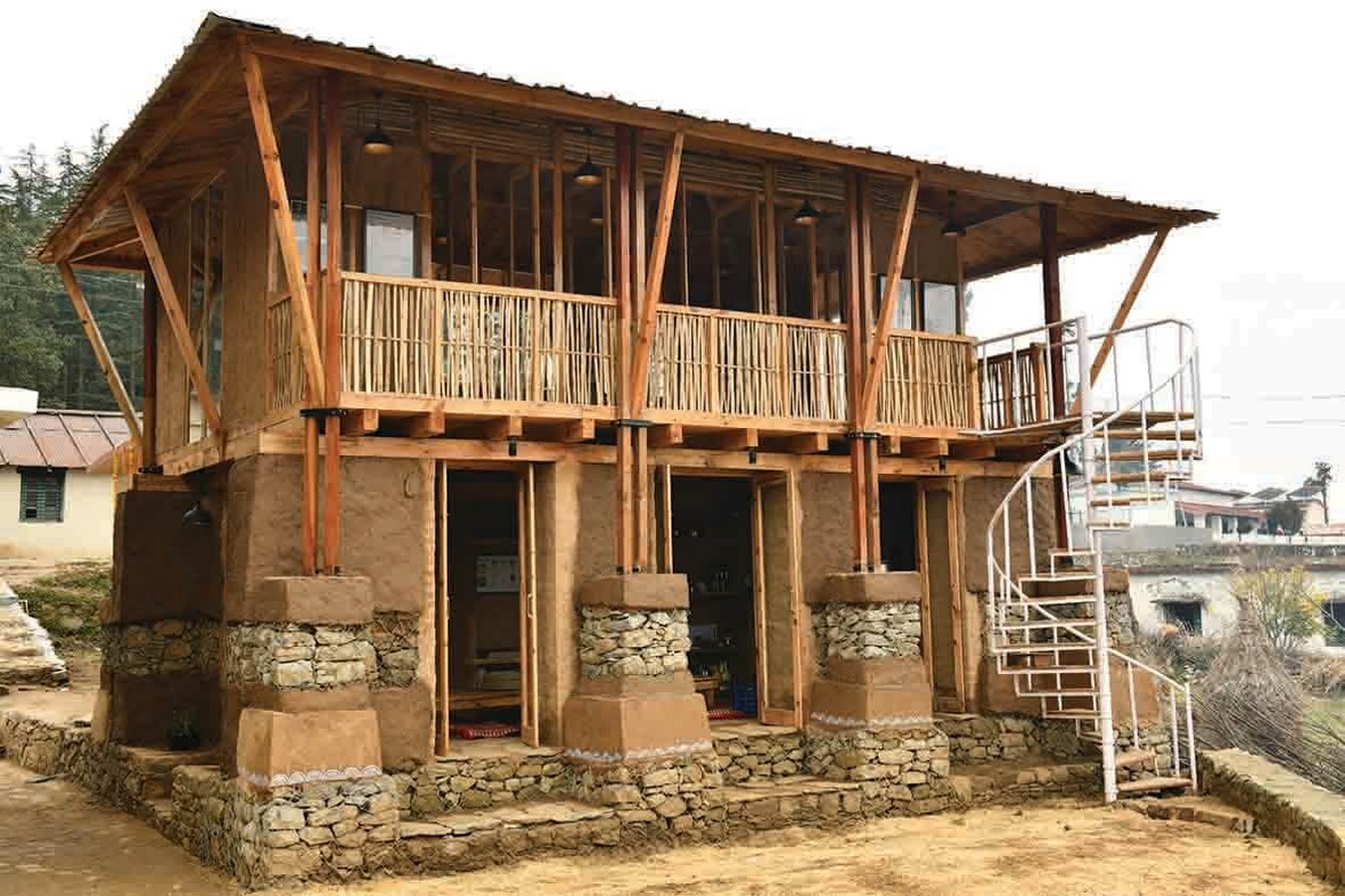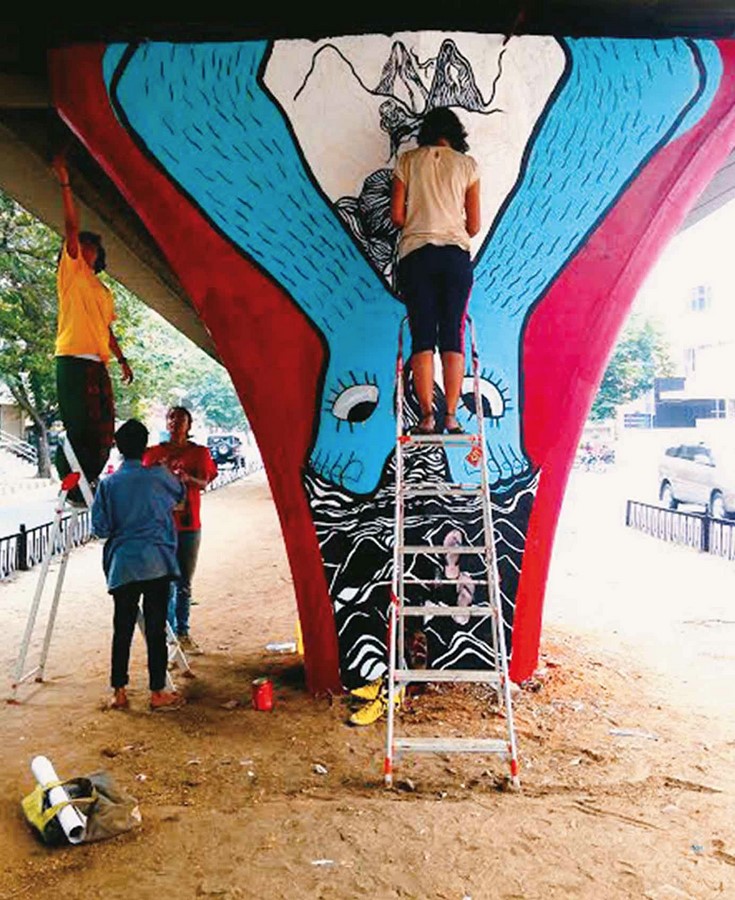A city’s social and cultural fabric and the magnitude of its prevalence suggest satisfactory functioning for its habitats. These spaces for the public determine the health and generosity a city presents for itself. The users are a vital aspect of the public realm that utilises and is behind its smooth conductance. They reflect how effective and accepting the space is. After all, these streets and corners are for the masses to improve their relations with one another and their city. These open spaces are a means to deliver thriving neighbourhoods and brimming cultural landscapes. (Daudén, 2019)
The definition of these architectural typologies has varied in different countries and has been revised to changing times. The ever-increasing pace of globalisation and urbanisation has taken a turn on how human relations with their surrounding environment are viewed and how architectural interventions have a mindful impact on a city’s citizens. While these gathering places bring out a city’s best, how often is the community considered? How often are public art and urban inserts considered to bring the change one is looking for in an otherwise depleted public area? Ultimately, communal areas’ very purpose is to uphold the culture that runs through the community and the well-being of the same. (Harrouk, 2020)

As One of Our Own
The profession of architecture stands firmly on the grounds of reaching a larger and greater crowd and intricately addressing the needs and demands of every individual alike. Thus, it compasses a finished product that is appealing and a well-thought process. When put together, this stage of consideration, prioritising, and optimising can be referred to as community architecture. The way one perceives this term points out how reaching the end product is more pivotal than directly aiming for a finished outcome. The concept of community architecture prevailed before the contemporary and modern timelines. The settlements were a close-knit commodity, having a sense of security and support for planning and designing the neighbourhood spaces. The old city comprising pol housing is one such instance of together living. These residential areas pursue a sense of outward living with common everyday gathering spaces for small groups and sharing everyday chores. These quaint squares for gathering preserve the physical and intellectual heritage. Pols are the legacy of a much-valued lifestyle which some people have chosen despite the extravagant living spaces because of the sensitive portrayal of how intimate common areas can exist in the compact built-ups.
Compartment S4, a multidisciplinary firm, conducted a hands-on workshop the previous year in the Khirsu district of Uttarakhand. The team’s primary aim was to understand the structure of the community and get to know the people. The process of building up included the sociology of the population of Khirsu and their traditional construction methodology. The ecotourism centre was visioned for the tourists, and the inhabitants presented themselves as a title. Hence, the outcome was a result of conscious recognition and constant effort to give back to the community. Practices like these often boost the cultural traditions of a particular place and bring the local craftsmen and labour skills into recognition. For every other cultural typography, a community exists which is unique in its own parameter, and it is this character that needs to be identified and encouraged by the firm architectural opinions and take concrete steps which follow suit. (Handmade: Khirsu: June 2019, n.d.)

For the Collective Good
A city is like a being, self-contained, resilient, and content in its blurring boundaries, intact in a way but different from others. Architectural inserts and nuances contribute on a larger more macro-level and on a personal, more micro-level. Public spaces are catalysts, like an active bubble for a thriving and content city. These eclectic urban offerings entail the tangible and intangible elements which make the space wholesome. Numerous mediums collaboratively make sound urban pockets, from street furniture to landscape. These are, however, the physical aspects that enhance the activities for people. Introductions and inserts like urban art have been known to uplift the experiential qualities of human ventures.
Street art is a powerful approach to bring out all the city can improve on and cherish all that the city has accomplished. Development schemes often leave the niches of small corners, and there are abundant spaces left abandoned and left to decay in terms of dumping or littering. These dark sections don’t contribute to the betterment of the state and its citizens but hold immense potential to polish the street life of its natives.
The megacity of Bangalore has witnessed tremendous developmental schemes evolving around the span of its land. The sprawling lanes of roads and the spread of commercial and residential patches of the city have neglected pieces between the hustle and bustle. The Jaaga
The initiative is a community art project from several city artists. The entity of the initiative aimed to transform the depleting state of ignored patches into enthusiastic and inviting spaces. The local budding art enthusiasts created a platform where they can express, spread awareness, and interact with the people. The redevelopment of spaces under the flyover brought together volunteers, fine arts professionals, and performing arts experts. The report following its inauguration, points out how the surrounding natives helped the team protect the paintings from vandalism and thievery. Children joined in with the team by drawing to their heart’s content. The previously damp piers under the flyover were covered with templates and flyers. They were now replaced with colourful pillars, narrating stories compelling people to stay around and take in their surroundings for a little longer. (One Sapling at a Time, n.d.)

Street art is often bold and opinionated and has a huge role in contributing to political issues. St+Art India is an NGO working towards urban regeneration through vibrant and visionary artworks. This platform has reached to deepest corners and facades, including rural.
Housing settlements, commercial markets, institutes, and government headquarters. It has brought art to the streets outside the closed dimensions, making it accessible to everyone and uprooting the neighbourhood to live. (St+art India, New Delhi, India — Google Arts & Culture, n.d.)
Over the years, public areas have been perceived discretely and adapted to growth and exposure. Jan Gehl shrewdly explains, “architecture is a meeting point between life and form, and without accounting its users, it’s just a sculpture”, and thus urban.
Inserts have become a place where people can express themselves and where neutrality and homogeneity are looked upon. Areas like these have been designated with movements of protests and taking it up for celebrations, emerging as landmarks of confidence.
Boldness. An approach for fruitful communal areas with a practical incentive can go through careful filtering with discussions and inputs from the utilisers, thus assuring concrete.
Ideology and sympathetic design. Today, when the world is recovering, the need for open spaces articulated with empathy and consideration is more than ever because these arenas will make people bond with their city again and maybe even with themselves. (Delaqua, 2020)

References:
Daudén, J. (2019, April 19). By the People, For the People: What is Public Architecture, According to our Readers. ArchDaily. Retrieved February 5, 2023, from https://www.archdaily.com/915272/by-the-people-for-the-people-what-is-public-architecture-according-to-our-readers
Delaqua, V. (2020, July 1). After All, Who Do We Build Architecture and Urbanism for? ArchDaily. Retrieved February 5, 2023, from https://www.archdaily.com/942448/after-all-who-do-we-build-architecture-and-urbanism-for
Handmade : Khirsu : June 2019. (n.d.). Compartment S4. Retrieved February 5, 2023, from https://compartments4.com/handmadedetail/handmade-khirsu-june-2019
Harrouk, C. (2020, June 10). Public Spaces: Places of Protest, Expression and Social Engagement. ArchDaily. Retrieved February 5, 2023, from https://www.archdaily.com/941408/public-spaces-places-of-protest-expression-and-social-engagement
One Sapling at a Time. (n.d.). My Liveable City. Retrieved February 5, 2023, from https://www.myliveablecity.com/article/detail/community-art-the-jaaga-initiative/free
St+art India, New Delhi, India — Google Arts & Culture. (n.d.). Google Arts & Culture. Retrieved February 5, 2023, from https://artsandculture.google.com/partner/st-art-india















